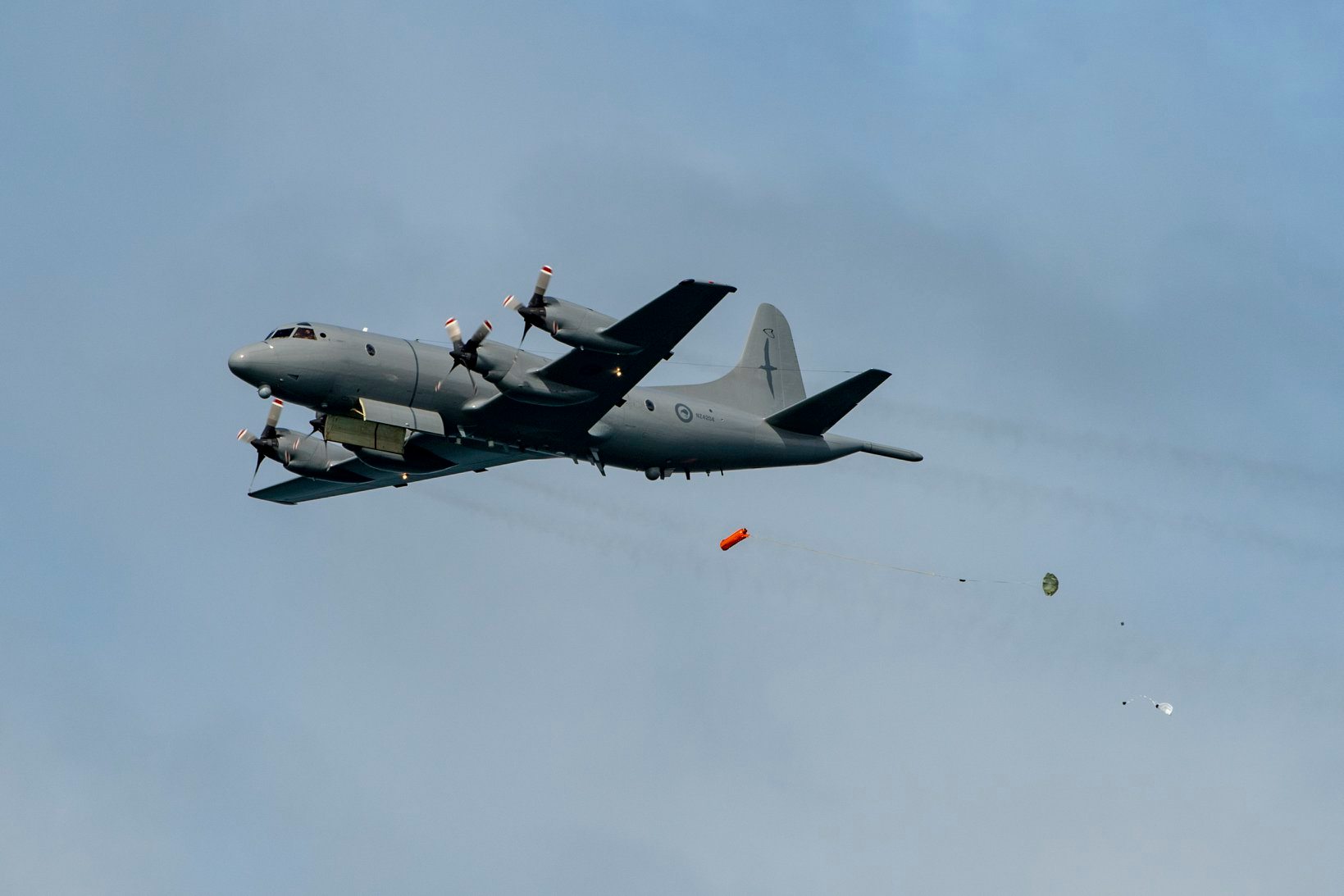Has New Zealand's defence capability ever been more distant from our closest ally Australia?
New Zealand, ditching its 30-year-old Austrian-made Steyr rifles, passed over the upgraded Steyrs chosen by the Australian Army in favour of MARS-L weapons from the Lewis Machine and Tool Company of Iowa.

In the world of military spending, a standard-issue assault rifle is not a big-ticket item. And many soldiers take the view that New Zealand made the better choice for what is any army’s most basic piece of kit. Still, the decision shows just how far both nations have drifted from the principle agreed 32 years ago, which urged maximum possible interoperability of equipment.
In 1987, the two countries enthusiastically agreed on their biggest-ever joint purchase: the Anzac ship project, which delivered to both navies new frigates of the same design and build. There’s been no large shared re-equipment project since, yet the latest defence white papers of both nations continue to assert the closest of ties. Australia’s said its defence relationship with New Zealand was “built on deep mutual security interests” and New Zealand’s white paper said it had “no better friend and no closer ally”.

- Frigates After 2030? I'm Still Uncertain
- Focus on the Future; Don't Fixate on Frigates
- Options for the NZDF and RNZN 2nd enhanced Sealift vessel
- Capability Delayed is Capability Denied
But it’s difficult to recall a time when New Zealand was more distant in capability from its best friend and closest defence ally. An immense gap in technology and firepower has opened up, a product of how differently the taxpayers of each view security threats: New Zealanders contribute $426 per capita to their defence; Australians spend A$1438 ($1535). That’s the sort of money that brought about 270 planes for Australia’s air force, bought some 85 vessels for its navy and created an army of 30,000.
It is not suggested that New Zealand should aspire to those sorts of numbers. But it has not gone unnoticed on this side of the Tasman how much stingier New Zealand is on defence as a proportion of GDP.
One who has studied the disparities is Mark Thomson, a one-time theoretical physicist, who is a member of think tank the Australian Strategic Policy Institute (Aspi). Thomson served at a high level in the Australian Defence Force in Timor and Bougainville, where he saw the Australian and New Zealand militaries working alongside each other. He came away impressed with the New Zealanders’ ability to deal with local populations and more aware of their budgetary limitations.
Thomson has written a report that proposes combining some trans-Tasman defence tasks while acknowledging that New Zealand wants to avoid situations in which Australia dictates where Kiwi forces deploy. It suggests both nations begin sharing the costly task of watching over the oceans around them by setting up a joint command, akin to the US-Canadian North American Aerospace Defence Command (Norad).
The Australian and New Zealand air forces would jointly patrol and conduct search and rescue operations in the vast marine arena where their interests overlap. And it would be a task unlikely to involve contentious combat deployments.

- Airborne Systems to Supply Anti-Missile Decoys for Royal New Zealand Navy ANZAC class Frigates
- An Old or a New Dawn? Questions Hang Over New Zealand’s Defence Policy Statement
- From concept to launching - HMNZS Aotearoa
- Navy decommissions two Inshore Patrol Vessels
For that plan to work best, New Zealand would need to replace its Orion maritime patrol planes, which are more than half a century old, with Boeing P-8 Poseidons, the aircraft Australia chose to replace its own Orions.
The Australian Government is so keen for New Zealand to follow that it has offered help, including the training of New Zealand pilots. But it has done so very quietly. Australian ministers rightly surmise that New Zealanders won’t like Australia to be calling the shots – especially from rifles that the two countries no longer share.
New Zealander Bernard Lagan is the Australian correspondent for the Times, London.





